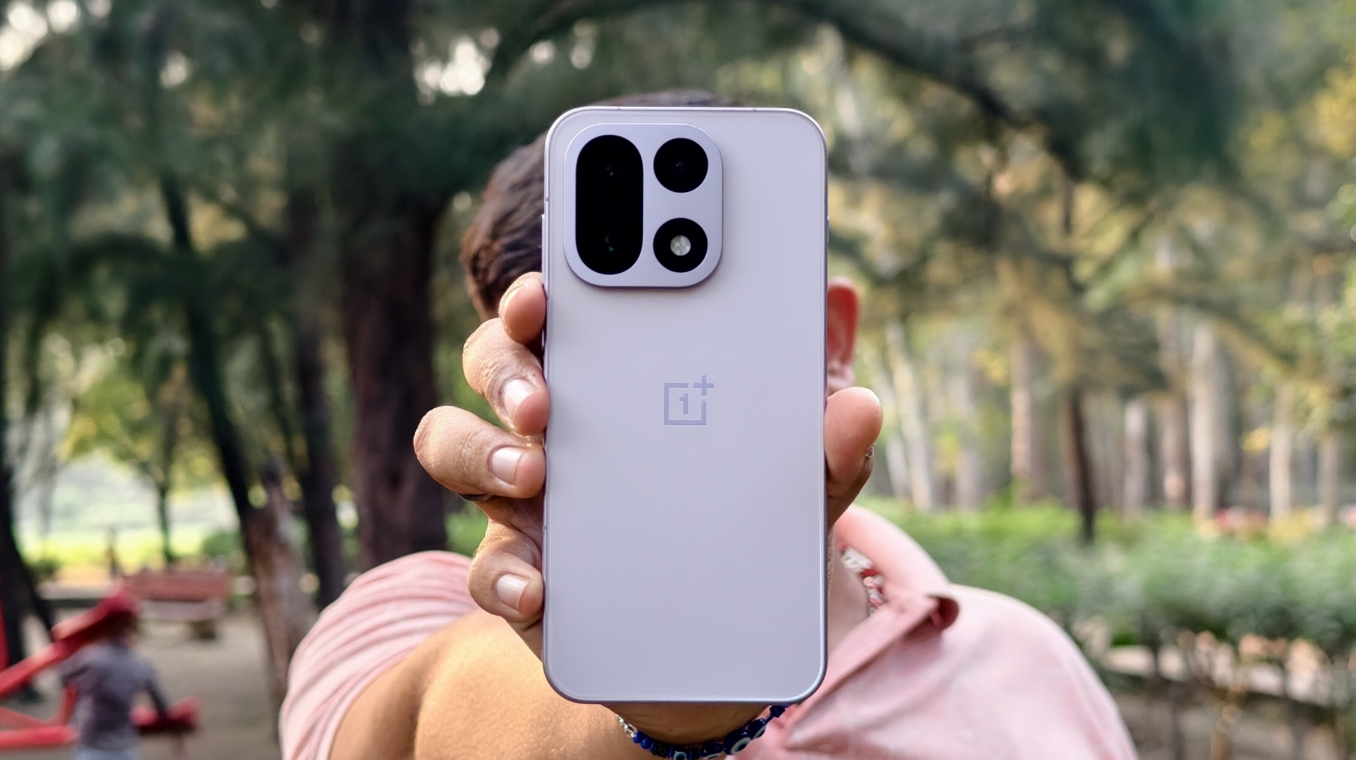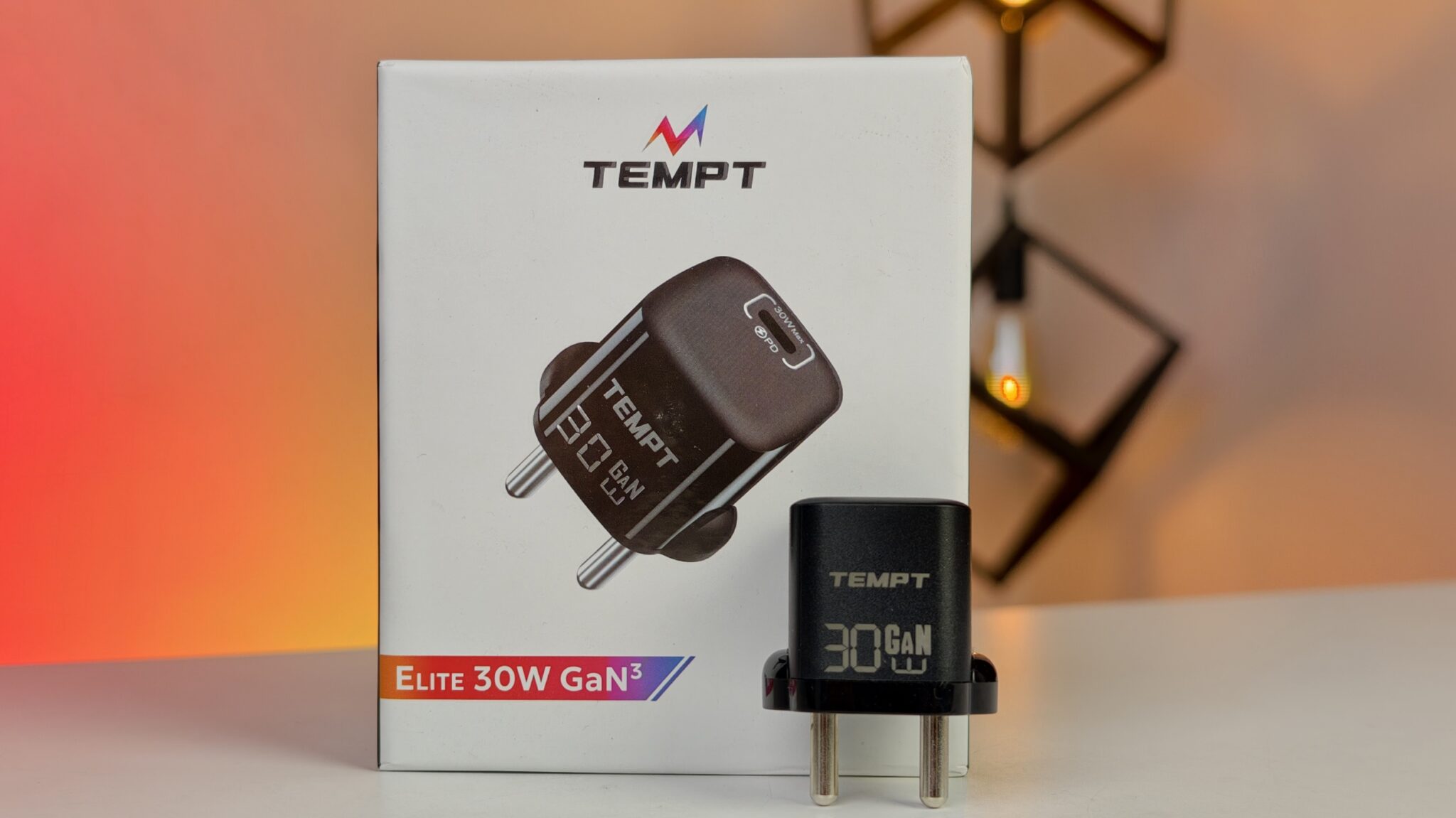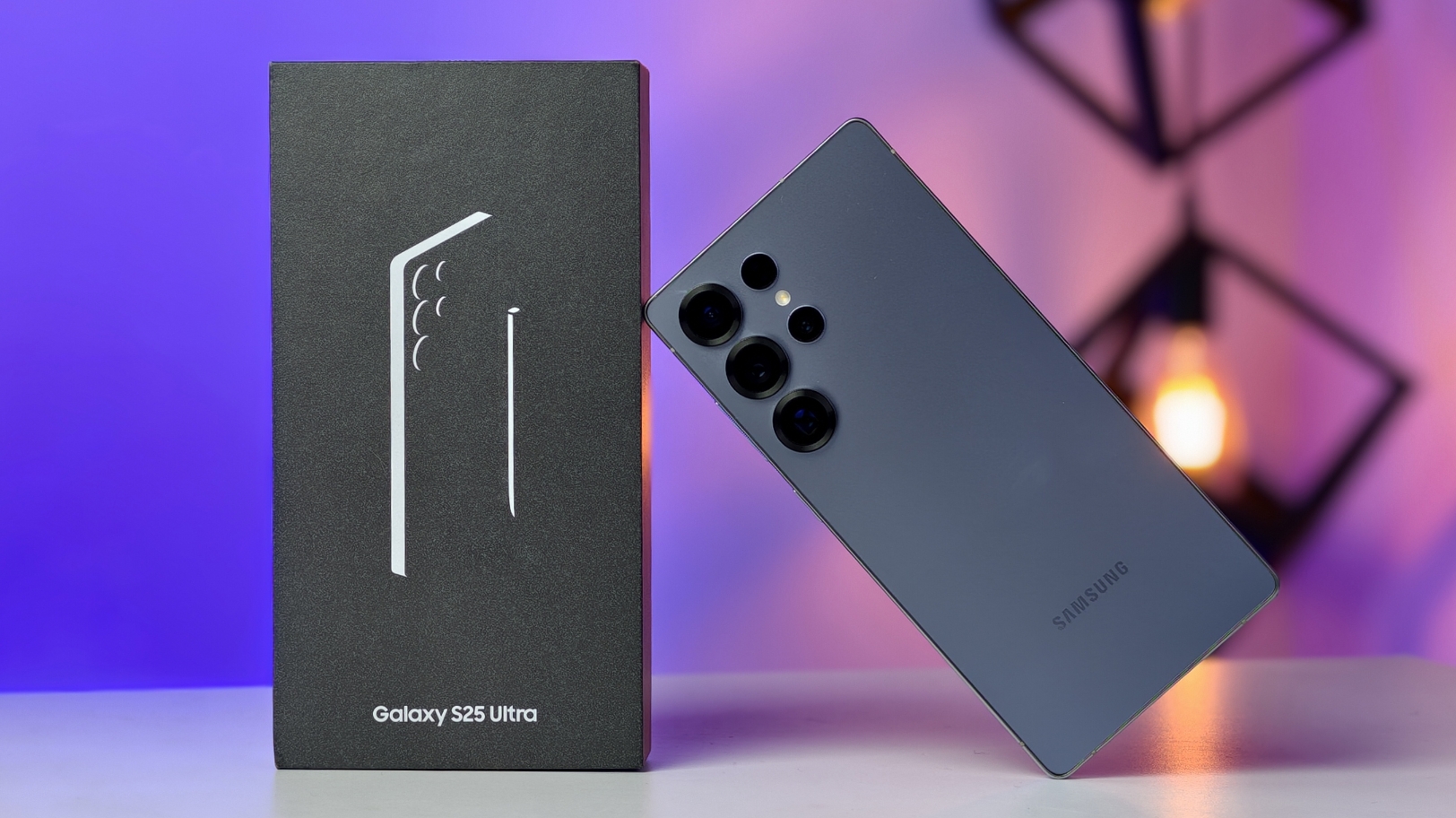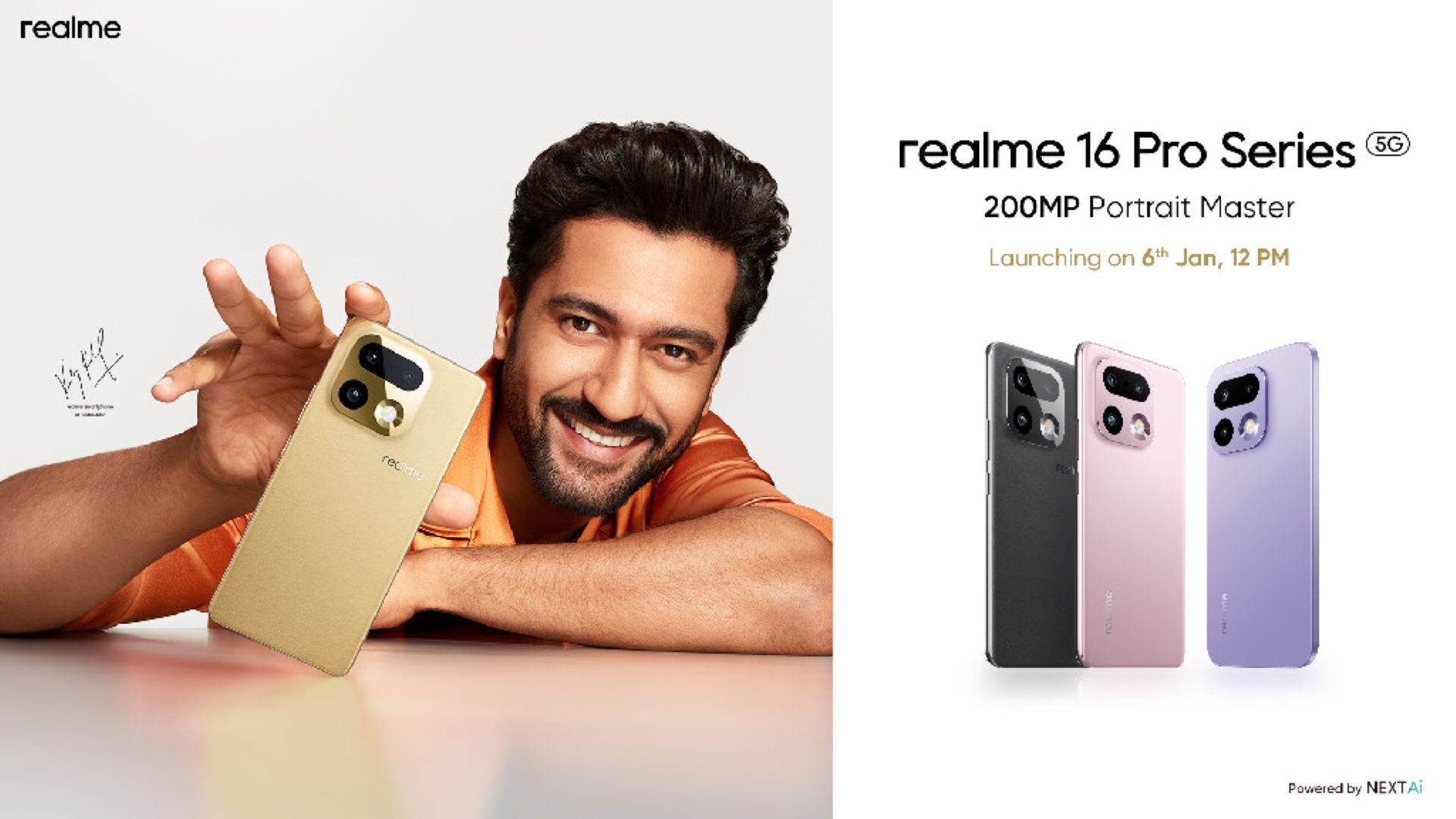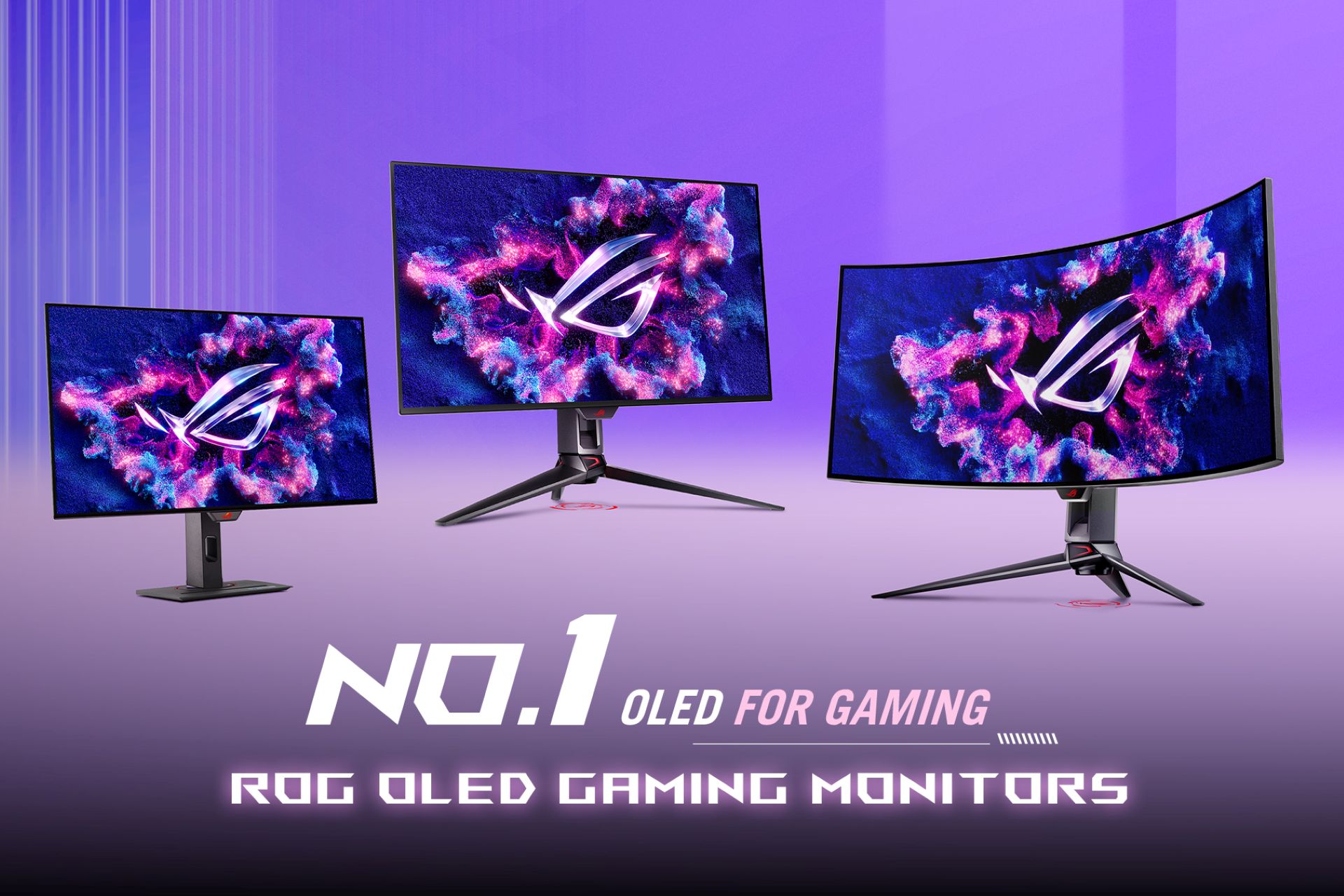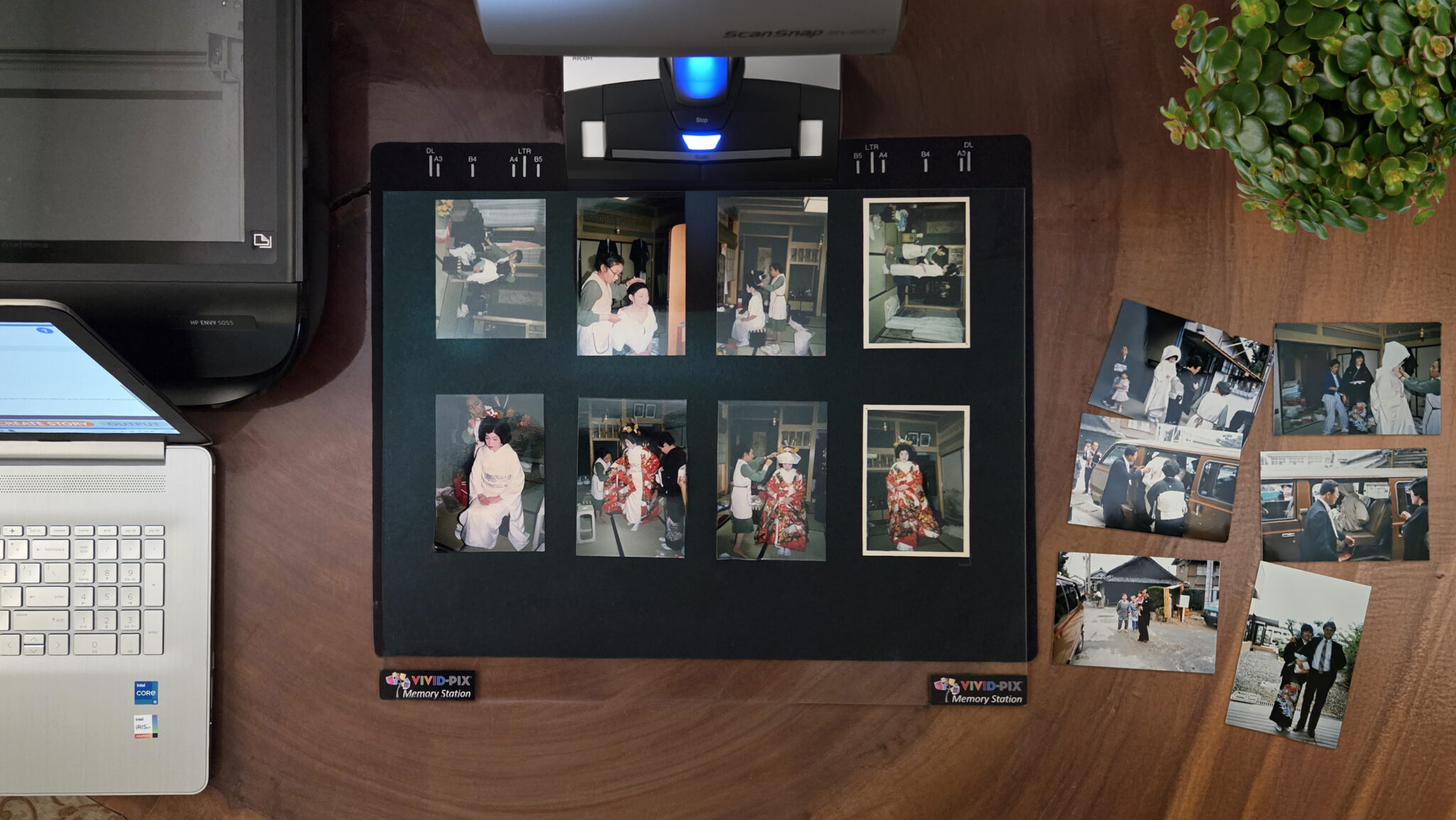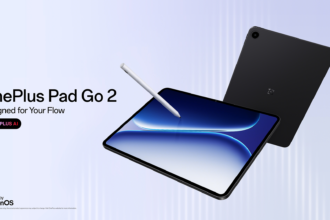Imagine a world where your glasses don’t just correct your vision, but augment your reality, helping you navigate, remember, and understand the world around you in real time. Google recently offered a compelling glimpse into that future, showcasing prototype AI-powered glasses deeply integrated with their powerful Gemini AI. The demonstration, part of a TED Talk by Shahram Izadi, Google’s Vice President and General Manager of Android XR, painted a picture of a wearable device that goes far beyond simple notifications, promising real-time visual processing and an almost-human-like memory.
For years, smart glasses have occupied a space between ambitious concept and practical application. We’ve seen various iterations, some focusing on notifications, others on augmented reality overlays. But Google’s latest tease feels different. It zeroes in on core human capabilities – sight and memory – and supercharges them with artificial intelligence. This isn’t just about displaying information; it’s about understanding and interacting with the environment in a fluid, intuitive way.
The prototype glasses, simple in appearance and designed to resemble standard eyewear, pack sophisticated technology. Tiny camera sensors capture the wearer’s surroundings. Speakers deliver audio feedback, and a small display embedded in the lens provides visual information. The real magic, however, resides in the connection to Gemini, particularly features stemming from Project Astra, Google’s initiative for building a universal AI agent.
During the live demo, the glasses demonstrated several striking capabilities. One showed the AI observing a crowded room and instantly generating a haiku based on the scene. This highlights Gemini’s ability to process complex visual information and perform creative tasks on the fly. Another powerful feature demonstrated was the glasses’ ability to recognize and remember objects. In the demo, the AI could identify a book that had been visible moments before, even after it was no longer in the wearer’s direct line of sight. This “memory” feature, capable of recalling visual information for up to 10 minutes, is a significant step towards an AI assistant that truly understands context over time.
Think about the everyday frustrations this could alleviate. Misplaced keys? Your glasses might just remember where you last saw them. Trying to recall the name of a plant you admired an hour ago? The AI could potentially identify it based on its visual memory. This isn’t science fiction anymore; it’s a tangible direction Google is pursuing.
The glasses also showcased real-time language translation, a feature with immense potential for travel and communication. The demo featured a seamless switch between English and Farsi, and even handling a conversation in Hindi without manual setting adjustments. This instant translation capability, delivered directly to your line of sight, could dissolve language barriers in real-world interactions, making global communication more accessible and natural.
Beyond translation and memory, the prototype demonstrated contextual understanding. The glasses could provide visual explanations of diagrams, recognize music based on physical album art, and even offer real-time navigation with a 3D map overlay. These examples illustrate how the AI can process visual input and provide relevant, actionable information, turning the physical world into a more interactive and informative experience.
A key aspect enabling the lightweight design of these prototype glasses appears to be their reliance on a connected smartphone for processing power. This approach offloads the heavy computational work, allowing the glasses themselves to remain relatively discreet and comfortable for extended wear. The glasses run on Android XR, Google’s platform designed for extended reality devices, developed in collaboration with Samsung. This partnership suggests that a future consumer version might arrive under the Samsung brand, with some reports hinting at a possible 2026 release.
The connection to the smartphone also means the glasses could potentially access and leverage the wealth of information and applications already on your device, from Google Maps for navigation to potentially other apps for tasks like online shopping, as hinted at in some reports. This integration promises a more unified and powerful user experience, seamlessly blending the capabilities of your phone with the real-time awareness of the glasses.
While Google Glass, the company’s previous foray into smart eyewear, faced challenges related to social acceptance and clear use cases, this new direction powered by Gemini feels more fundamentally integrated with how we perceive and interact with the world. The focus on real-time understanding, memory, and natural interaction through vision and voice commands addresses some of the core limitations of earlier smart glass attempts.
The integration of Gemini is perhaps the most compelling aspect of this development. Gemini’s multimodal capabilities, its ability to understand and process different types of information simultaneously (text, images, audio, video), are crucial for making these glasses truly intelligent. The AI doesn’t just see; it interprets, remembers, and assists in ways that were previously confined to science fiction.
Of course, challenges remain. Miniaturizing the technology further, ensuring long battery life, and addressing privacy concerns related to always-on cameras are significant hurdles. The social implications of wearable AI that can see and remember also warrant careful consideration and public discussion.
Despite these challenges, the demonstration offers a tantalizing glimpse into a future where technology seamlessly enhances our perception and interaction with the physical world. Google’s AI glasses, powered by Gemini’s growing capabilities, suggest a future where our eyewear becomes a powerful tool for understanding, remembering, and navigating our daily lives in ways we are only just beginning to imagine. The journey from prototype to a widely adopted consumer product is long and complex, but this recent showcase indicates that Google is making significant strides towards making truly intelligent, visually-aware glasses a reality.







